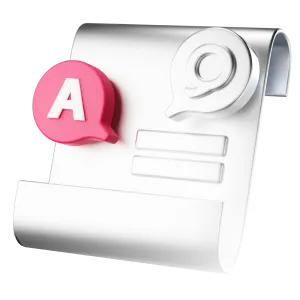How much does an oil pan replacement cost?
While $200 to $2,000 is a wide range, the exact amount you’ll spend depends on how complex the replacement is and whether you need to replace additional parts, such as the oil pan gasket.
It costs $1,000 or less to replace the oil pan on most cars, including parts and labor.
Cost of an oil pan?
Let’s take a look at how much an oil pan for a 2015 Ford F-150 would cost across its three engine options:
| Brand | Engine size | Price |
|---|---|---|
| Dorman | 2.7L, 6 Cyl | $123.49 |
| Ford Parts | 2.7L, 6 Cyl | $163.50 |
| Dorman | 3.5L, 6 Cyl | $113.49 |
| Dorman | 5.0L, 8 Cyl | $67.99 |
| Liland | 5.0L, 8 Cyl | $85.49 |
| Ford Parts | 5.0L, 8 Cyl | $103.83 |
The prices for aftermarket oil pans come from CarParts.com, while the prices for original equipment manufacturer, or OEM, parts are taken from FordParts.com. As you can see, OEM parts are the most expensive, and aftermarket manufacturers’ prices vary, even for parts fitting the same truck.
Note that oil pans might not come with other necessary parts, like the oil pan gasket. If other parts also need to be replaced, your cost will increase. For example, Ford Parts sells an engine oil pan gasket fitting the 5.0-liter engine for $30.67.
Labor costs
Shop rate per hour—that’s the mechanic’s hourly rate—multiplied by the complexity of the oil pan replacement equals the cost of labor for your repair.
According to Statista, shop rates across the United States in 2020 ranged from about $83 per hour for independent mechanics, to $98 for network workshops, and $131 for dealerships. Typically, it takes 1.5 hours to four hours to replace a car’s oil pan, meaning you could pay between about $124.50 at an independent garage charging 1.5 hours of labor and $524 at an average dealership charging four hours of labor.
The complexity of the repair depends on your car. To replace an oil plan, some cars require only that the mechanic slides under your car, bolts off the old oil pan, and bolts on a new one. Other cars require the mechanic to remove the engine, transmission, or other interfering parts in order to replace the oil pan.
Can you drive with a damaged oil pan?
Driving with a damaged oil pan isn’t advisable.
A damaged oil pan will cause an oil leak, and that might cause severe engine problems down the line. A car’s engine requires a specific amount of oil, and if it doesn’t have enough to be lubricated and cooled, the engine could overheat.
If your oil pan is damaged, you might notice one of these signs:
- Drops or puddles of oil under your car
- A burning smell in or around your car
- Smoke from the engine compartment
- Low oil levels
How do you fix an oil pan leak?
If you’re noticing a leak from your oil pan, your problem might stem from the oil pan’s gasket, the oil pan’s body or the oil drain plug.
Repeated removals and reinsertions can wear out a drain plug, causing a leak. If your leak is coming from the drain plug, then replacing it is the easiest fix. Make sure to replace the drain plug’s gasket, too.
Actually replacing your oil pan is a complicated repair that might not be suitable for the casual mechanic. Broadly, you will need to jack the car up, drain the oil, and gain access to the oil pan by removing components that are in the way. In some cars, this means removing the engine.
Once you see the bolts to your oil pan, unbolt it, remove the old gasket, and clean the surface. Then install a new gasket and pan, and then install the bolts. Finally, lower the vehicle, refill your oil, and check for leaks.

Xuyun Zeng is a writer and editor with a wide-ranging content background including tech, journalism, cars and health care. After graduating with highest honors in journalism, Xuyun led a newspaper to win eight awards, helped start an award-winning film industry podcast and has written over a hundred articles about cars repair, state laws and insurance. Prior to joining Jerry, Xuyun worked as a freelance SEO consultant with a mission to create the best content that will help readers and grow organic traffic.

Alice Holbrook is an editor with more than a decade of experience covering personal finance, including car insurance. She\\\’s passionate about creating easy-to-understand content that demystifies intimidating topics for readers. Previously, she worked for NerdWallet, and her work has been featured by Newsweek, The Washington Post and the Associated Press, among others.








